If you're a 'day-to-day' social animal, no matter how fashion goes round and round, you can't go wrong with basics in your wardrobe.
Whether it's a white t-shirt or a pair of straight-legged jeans, it's wearable, durable and versatile - the three elements of a basic look.

▲ Image from: FAKESHION
Masa Yanai, CEO of Uniqlo's parent company, Xpress, observed early on that basics typically account for 30% of total sales and that most consumers mix and match seasonal trends with basics.
The basics are free from the curse of "clothes are not as good as new", and at first glance they look ordinary, yet they are always in trend.
It's just that the 'basics' are often fast-moving items that are 'worn a few times and then treated as pajamas', fading when they should be, distorting when they should be, or 'items I basically can't afford', with designer names that make people shy away from them.
While new trends are emerging, basics are becoming more wearable, comfortable and eco-friendly in a still reasonable price range ......
It's hard to be simple, but it can always be done.
Designed for better 'wear'
"I asked Issey Miyake to make me some of his black turtlenecks, and he sent me over 100 of them. That's all I wear, more than I could ever wear in my life."
As with the products Jobs helmed, he dressed in a rather personal way. For over a decade, whenever one saw Jobs out on the scene, it was bound to be a black turtleneck and blue jeans.
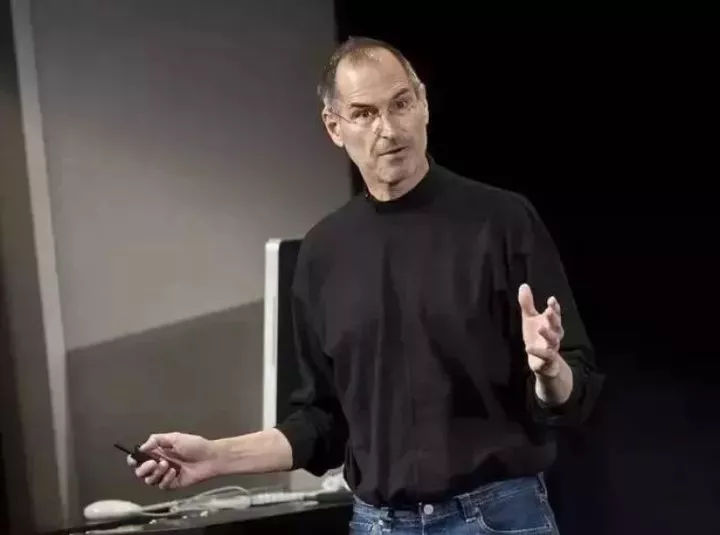
There are many other celebrities who share Jobs' love of certain types of clothing - Joseph Beuys' felt hat, fisherman's jacket and white shirt, Einstein's brown Levi's studded leather jacket, and Picasso's Breton blouse.
The de-cluttering day after day, year after year, is actually another way of speaking about fashion, just like the simple-looking basics that are instead a particular test of cut and fabric.
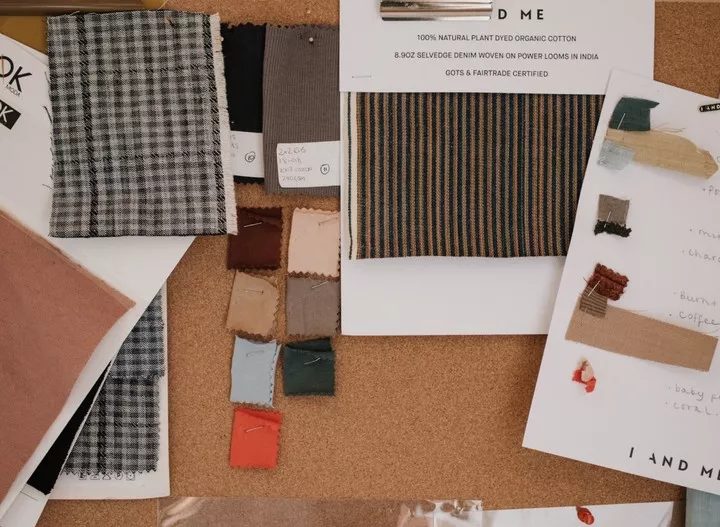
▲ Image from: I AND ME
The founder of the minimalist solid knitwear brand "Weave Sense" tells that making a good basic piece is a bit like ergonomics.
Many people say that basics are one-size-fits-all, but I don't think so. Basics are designed, and the pattern design is more difficult than the outer design. Whether a basic is comfortable enough, whether the fabric is breathable, and whether it is wearable, is all designed.
So, Weave Sense gives different basic designs for different people, seasons and scenarios.
For example, the different wearing habits and climates in the north and the south make the moisture return rate different, so fabrics need to be differentiated in terms of grammage and density; different body types can find the right fit for them, such as T-shirts with fitted models, big shirts with three-dimensional models and loose drop-shoulder models.
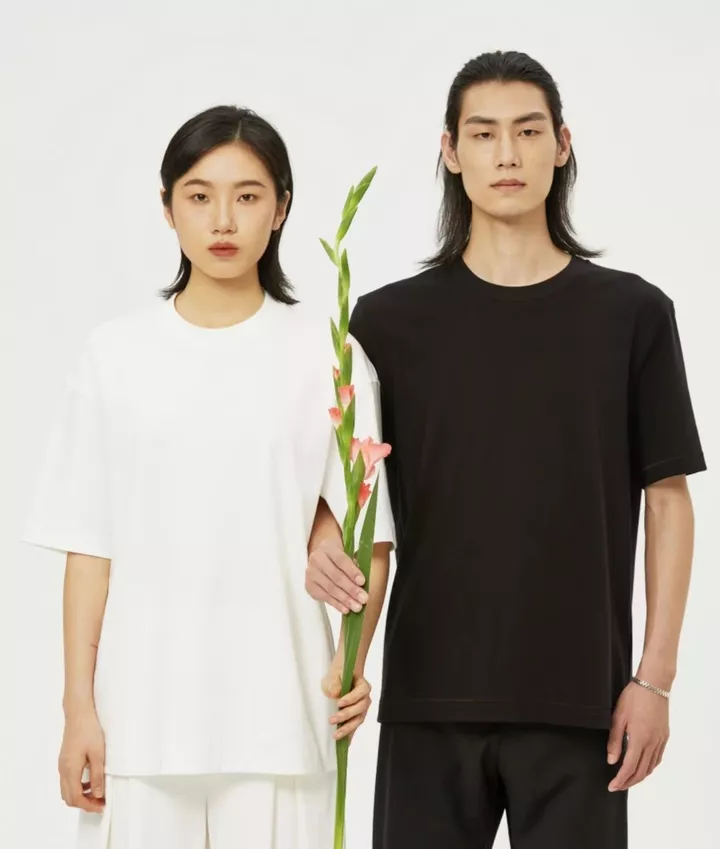
▲ Loose fit, drop shoulder style. Image from: WeaveSense
If content design is additive, in terms of appearance design, WeaveSense chooses to subtract, focusing on black, white and grey, mainly knitted items such as T-shirts, sweatshirts and sweatpants, without extra colors or popular prints, "hoping to achieve the ultimate cleanliness, so that more people can experience comfort and ease".
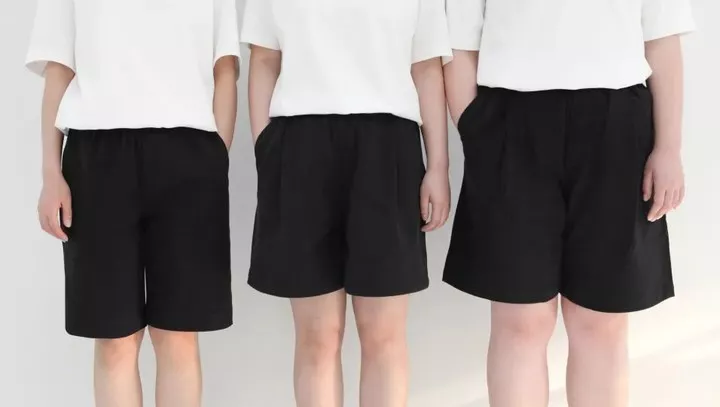
▲ Image from: Weave Sense
The woven t-shirts range in price from $299 to $599, and the brand says they are not profitable products.
"We have a 70% or higher repeat rate. Only when you wear it on your body do you know how well the quality fabric and design fits your body.
Known as the high street version of Celine, Swedish label COS is an alternative upgrade path to the basics.
Using high quality fabrics and drawing inspiration from the arts of photography, design and architecture, COS continues to reinvent classic, timeless pieces, giving them a modern twist.
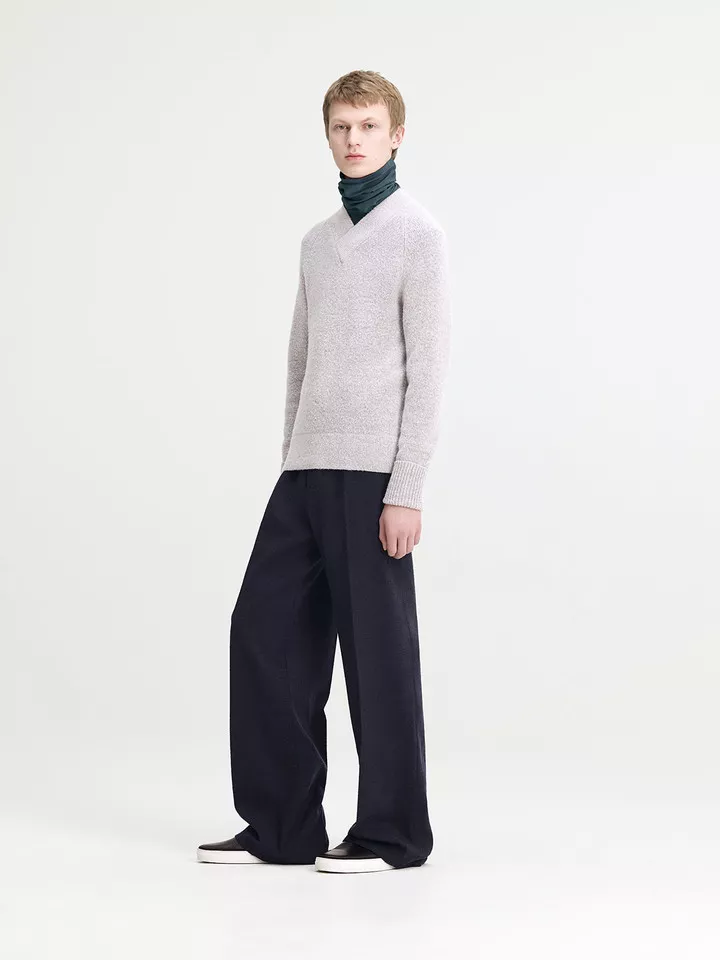
▲ Menswear Fall/Winter Collection Inspired by Oil Paintings. Image from: COS
This innovation, which could be about new silhouettes and joining details, or new print and fabric techniques, but is always recognizable as belonging to COS. That's why COS products look basic and stylish, being in the trend but also not bound by it.
The mixed media work of American designer Richard Tuttle, the tropical modernism of Sri Lankan architect Geoffrey Bawa, and the oil paintings of British artist Lynette Yiadom-Boakye have all inspired COS's designs.
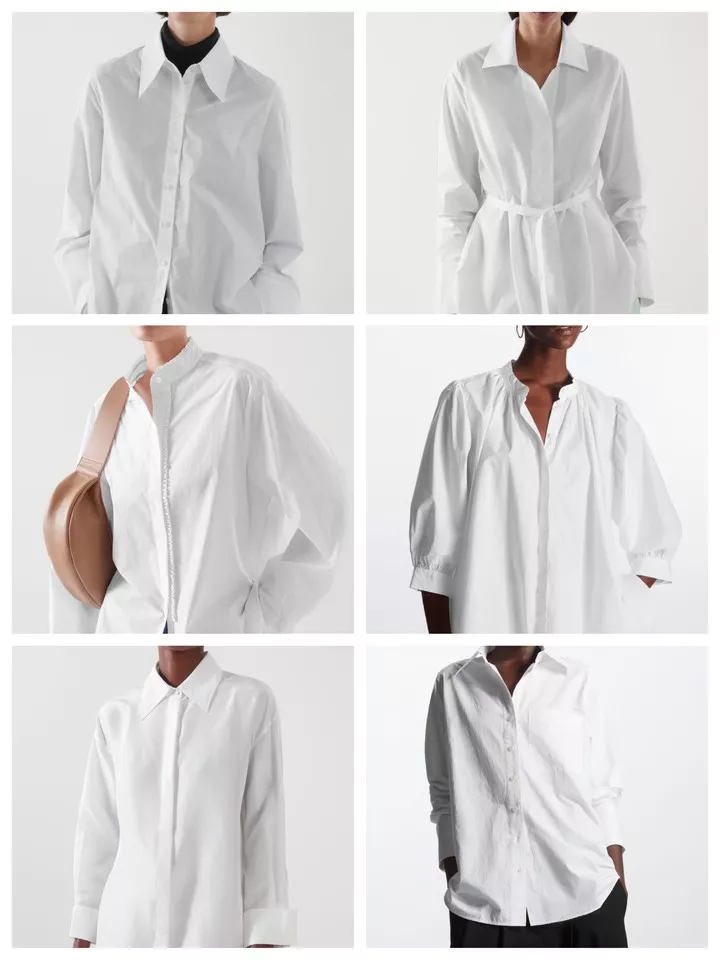
▲ Image from: COS
In terms of everyday pieces, it seems that a single white shirt comes in many styles, from the most basic loose fit cotton shirts, to drawstring, silk, large silhouettes, ruffles, and shrunken puff sleeves ......
Ping, a fan of basic styles, likes a slightly slimmer fit because it "makes you look good," and the COS design and cut are right up his alley.
All of the above fashion brands uphold their own aesthetics, but one thing they have in common is that they all start with the basics and focus fully on fabrics, design and cut around practicality, functionality and modernity.
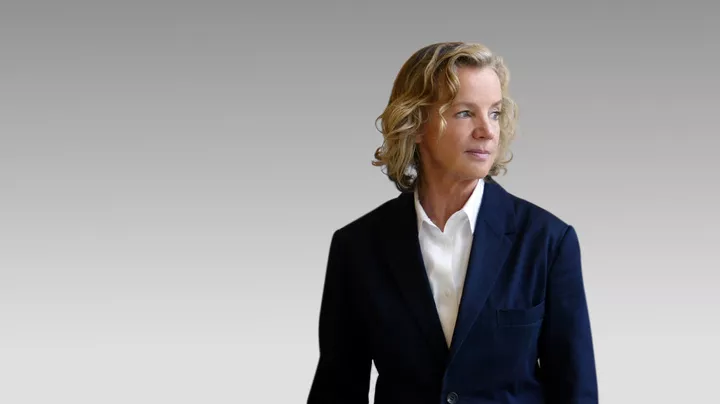
▲ Jill Sander. photo by: WWD
This coincides with the minimalist designer's Jill Sander's design philosophy.
I prefer a subtle, unobtrusive way of arousing interest in a garment, by shaping sharp lines and attractive silhouettes that allow the wearer to be instantly recognizable in a crowd. Too many embellishments tend to distract from the wearer's own charms ...... It's important to use a contemporary style of tailoring to reflect the person themselves, with just the right fit.
Therein lies the beauty of basics that are more about fabric, design and tailoring. Such basics are no longer just a basic need for seasonal throwbacks, but a design language of their own -
Designed for better 'wear'.
Going the opposite of fast fashion
The "capsule wardrobe" is a concept that appeared in American publications in the 1940s.
It refers to having clothes for any occasion without having too many clothes. In a way, it foreshadows an upgrade in basics: the
Basics that won't go out of style, have good texture, and are highly wearable are a must.
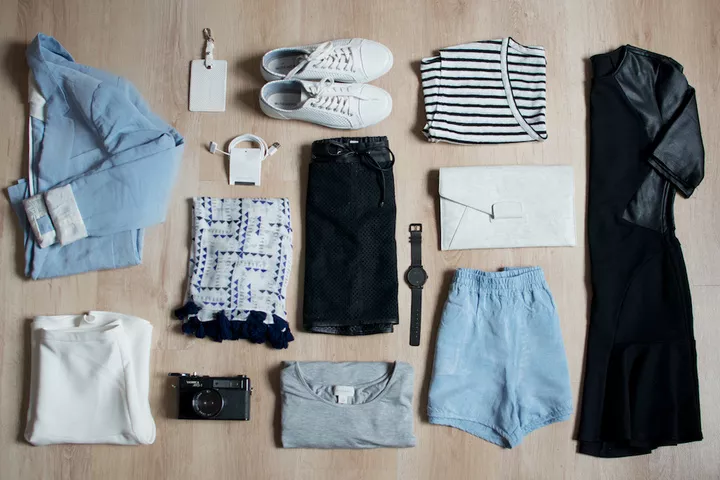
▲ Image from: wiki
Fast fashion, which runs counter to it, practices the element of 'fast' with a start and a finish.
On the one hand, consumers can buy new trendy clothes at a low price in a very short time; on the other hand, just because of the business model that emphasizes style over quality, these clothes will soon be thrown into the trash.
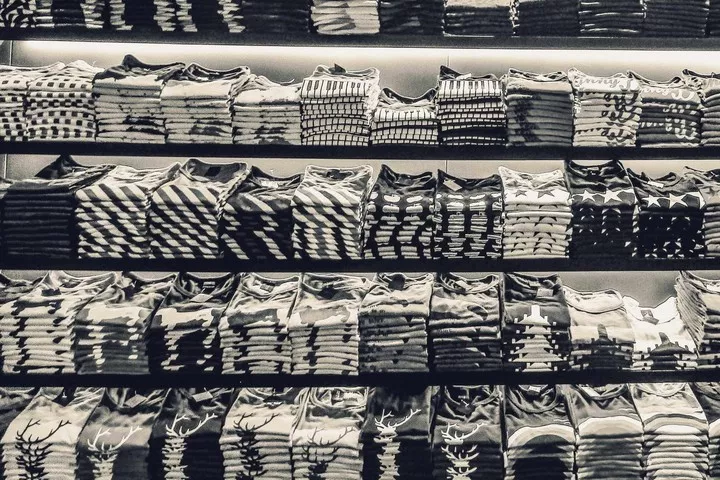
▲ Image from: BeautiMode
At the end of the day, fast fashion brands want consumers to keep buying new things, proving time and time again that The Philosophy of Fashion.
The nature of fashion is to produce effective symbols that soon become ineffective. The nature of fashion is to create a constant rate at which one thing becomes excessive and redundant as quickly as possible before moving on to target the next new thing. One could argue that the key to running a post-modern business is not to satisfy the needs that consumers already have, but to create new ones.
We go through fashion rounds faster and faster, but it's also easier to lose patience and get bored more quickly. The basics as necessities can be slowed down, can be redundant without being excessive, can not have to be held hostage by trends.
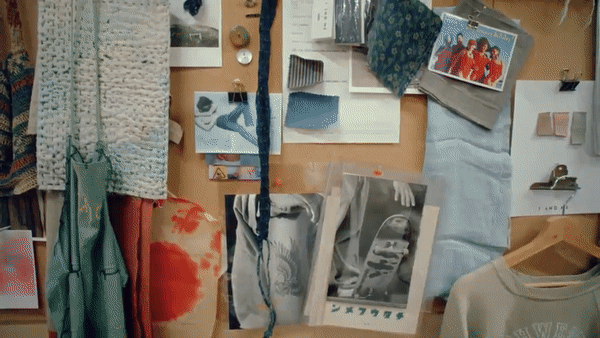
▲ Image from: I AND ME
Having become disillusioned with 'disposable' fast fashion during her time as a denim buyer, Jessica Gebhart founded denim and lifestyle brand I AND ME in 2016, offering basic pieces such as t-shirts, jeans and knitwear.
I AND ME believes in "Buy Less, Buy Better" and selects biodegradable natural fibers (including cotton, hemp, linen, tencel and wool) for its clothing, launching new collections when it feels right, with a small number of pieces at a time, with a comfortable and relaxing promo.
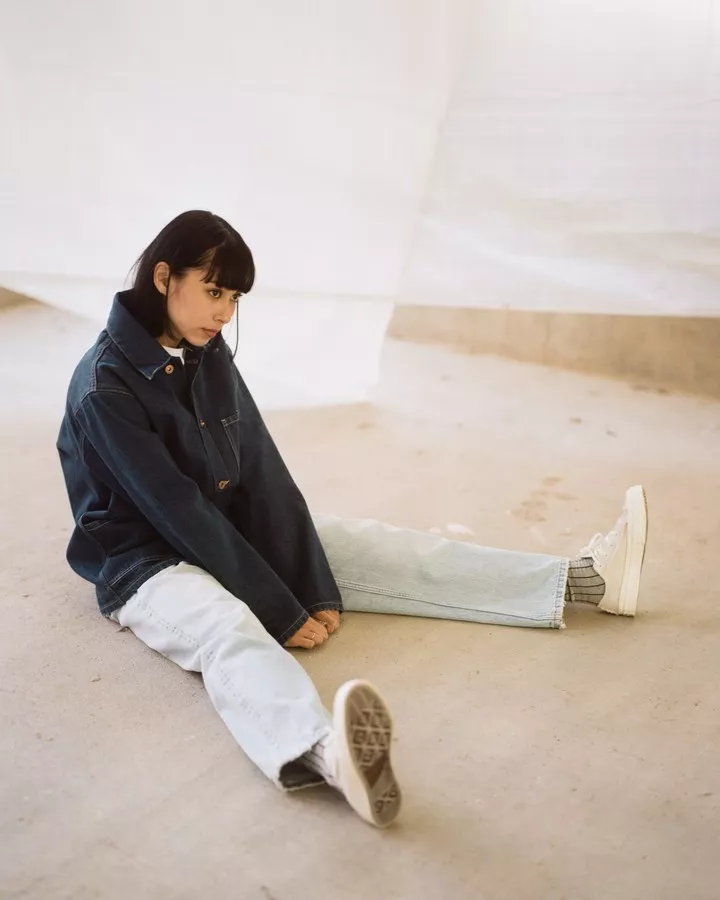
▲ Image from: I AND ME
Not defined by seasonal trends, I AND ME is also not bound by gender: 'The design process is unisex, before his or hers, I AND ME is always about fabrics and style.'
It's a light relief to simply hold the thought of not being anxious about fashion and exhausted from keeping up with trends.
Everlane, which is regarded as "Uniqlo's arch rival," is equally stark - "We don't focus on trends.
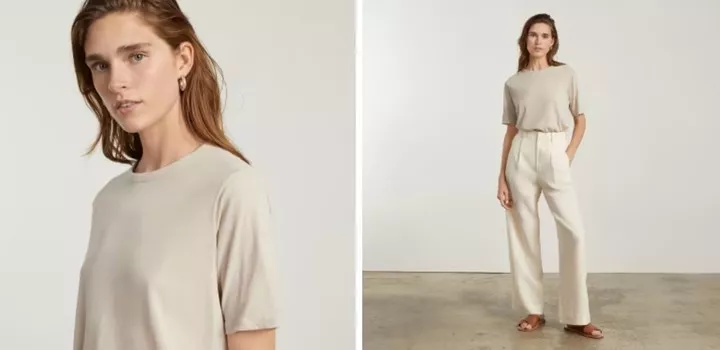
▲ Image from: Everlane
That doesn't mean Everlane isn't ambitious. Quite the contrary, Everlane wants you to wear their clothes for years, if not decades, to come.
To this end, Everlane claims to choose the best materials and factories for its classic products, and to control costs by reducing advertising and intermediate links, and then practice the principle of transparency in selling prices, disclosing the costs of raw materials, labor, and transportation, as well as the conditions of partner factories. A similar T-shirt, sold at Everlane for $15, costs $55 at traditional retail.

▲ Price transparency principle. Image from: Everlane
In a reverse fast fashion answer, Everlane has hit on a combo of 'cost-effective basics': ethical production processes, guaranteed quality, competitive prices, styles and designs that don't easily go out of fashion ...... Such basics may not be unwearable for a decade.
In April, Vogue editor Rachel Besser recommended 17 of her "wardrobe essentials" said.
In the post-epidemic era, basics that prioritize practicality and comfort are more appreciated. We need mood-boosting outfits and trend-setting outfits equally, but prioritizing practical wardrobe essentials is still a main line.
More or less, we all realize at the moment that we don't really need that many outfits, what we need is to find the one that suits us best, and basics are like the one option that can't go wrong.
The basics of reverse fast fashion, on the other hand, deserve to be more in line with this need; it has to be durable clothing that lasts through the ages and brings a more permanent solution to everyday life.
A basic that makes you comfortable is a fashion
Fashion is a type of microcosm of culture, a mirror reflecting social trends.
Fashion designer Rei Kawakubo has a knack for breaking the rules with "violence" and creating conceptual clothing that is far ahead of its time. Her Spring/Summer 1997 "Lumps" collection is still a hit with the fashion world. The show has been interpreted in many ways: dissolving the harmonious relationship between the human body and clothes, liberating women from the stereotypical image of sexiness ......
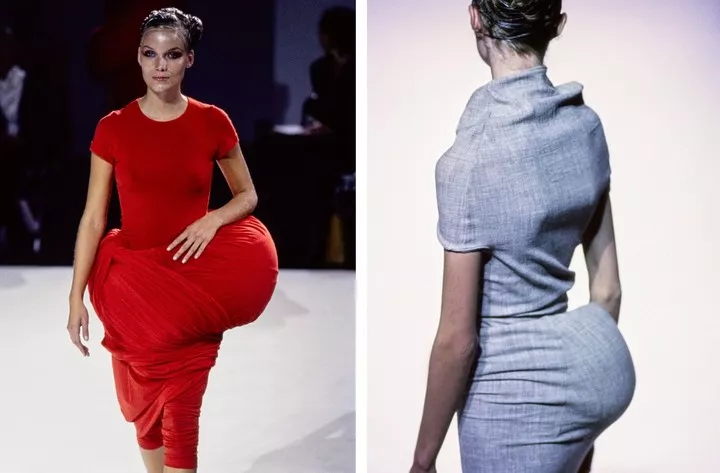
▲ Spring/Summer 1997. Image from: nowre
Such pioneering expression ahead of its time is certainly what we need.
But unlike the newness and boldness of the show, when we look at everyday life, it is lifestyle that defines fashion itself.
In exploring 'what makes a better basic', we look at design and quality, we look at practicality and function, and we look at how clothing serves people.
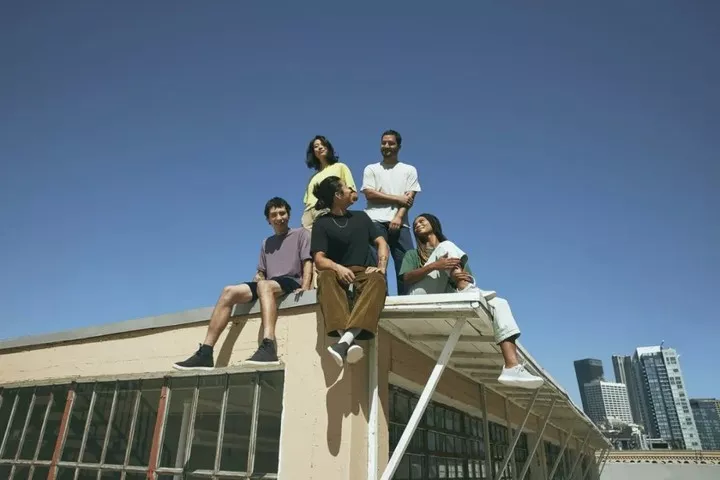
▲ Image from: allbirds
This kind of pleasing-ism, which is about 'practical comfort', is also a fashion.
Fashion label Basic Rights also focuses on basics, but what makes it slightly different is one of the founders, Freddie Cowan, who is a member of British indie band The Vaccines.
Or maybe it was the musicianship that led Freddie Cowan to take the next step into fashion, where he started out with "practical comfort".
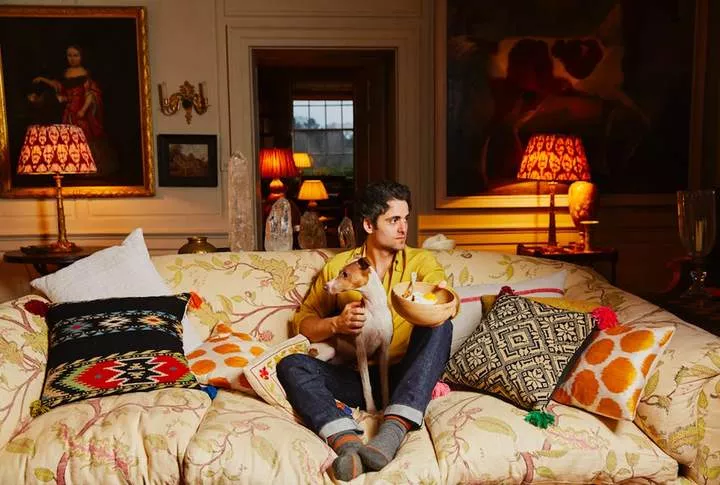
▲ Freddie Cowan. photo by: Forbes/Emli Bendixen
The idea was born during the making of the third album. It was then that Freddie Cowan felt the need for a 'no-think uniform' and devoted himself to creating it.
In his opinion, that's what a basic clothing business is all about in the first place.
But Freddie Cowan was unhappy with fast fashion's neglect of cut and fabric quality, and couldn't afford a brand that sold a t-shirt for $100: "We had spent time looking for the perfect white shirt or jeans and couldn't believe we couldn't find them anywhere."
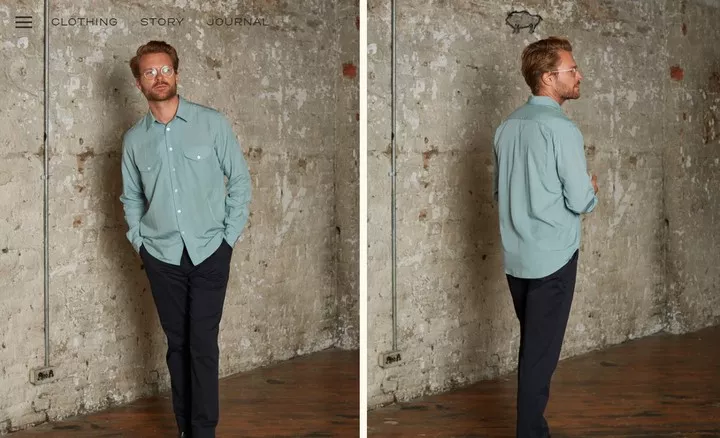
▲ Image from: basic rights
Like many of the brand's stories, Basic Rights is determined to fill that gap: using durable and eco-friendly fabrics to make practical yet simple garments and charging a reasonable price - around £45 for a two-button work shirt.
In an interview with Forbes, Freddie Cowan stated that "made to be worn" is the brand aesthetic of Basic Rights.
We want to make something that looks effortless and doesn't require overthinking, and something that can only be worn. It doesn't seem fashionable to elevate clothing to super high levels of care or importance.
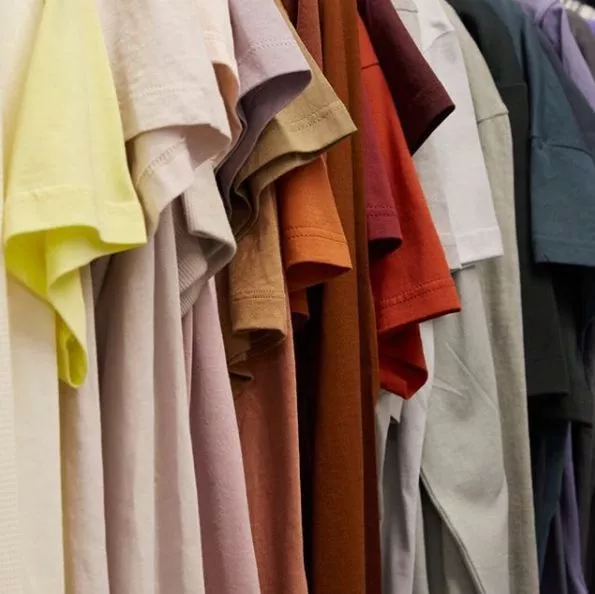
necessities of life, let it return to the use value of the thing itself.
Basics are essentially the most 'wear for the sake of wearing' type of fashion, everyday clothing that is rooted in life and constantly evolving.
On busy days, it's not laziness about 'what to wear' than seemingly effortless, we want really effortless, it's efficiency for a reason.
And what brands can do is continue to upgrade the basics, just as the founder of Weave Sense said.
"Focusing on the product itself is the point, all the basics are worth doing all over again, consumers are growing, time is passing, so the basics have to be upgraded to make micro adjustments, it's all about lifestyle."